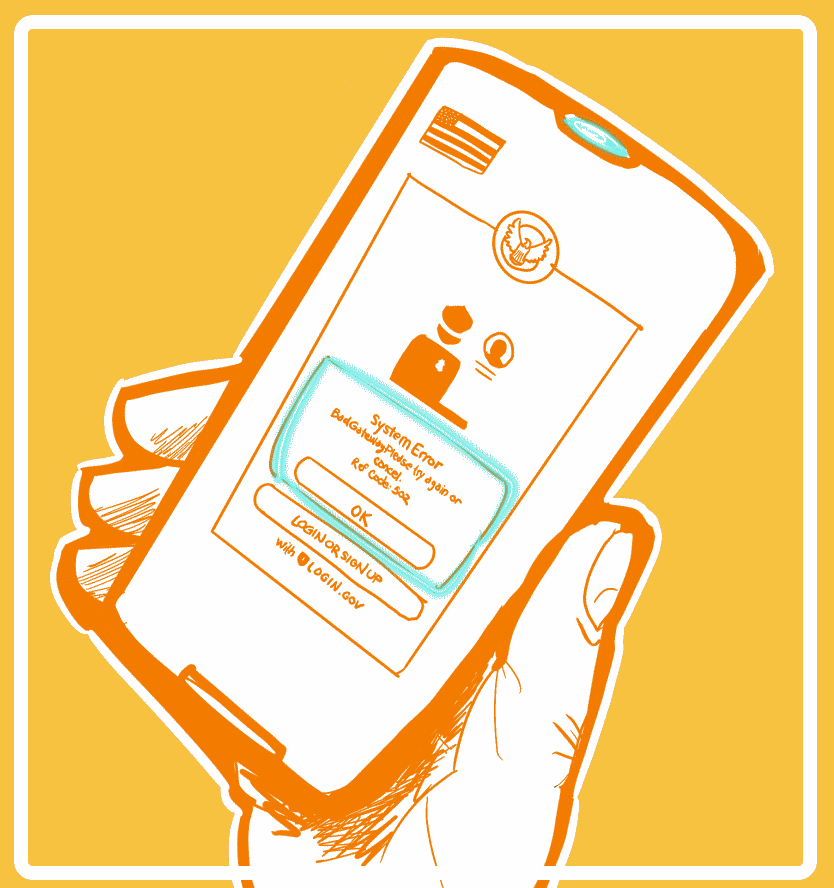
CBP One App Reviews and Analysis

You can read the post, and the follow-up, at these links:
What’s the problem?
I first heard about the CBP One app on a podcast, where it was mentioned briefly before the subject changed. My interested was piqued.
One of the most powerful apps in existence has been receiving ample coverage in the news, but there were very few deep dives into the app’s development, and the political context in which that occurred. And I saw no deep dives into the app that actually walked through the UI, and evaluated the app in terms of its stated goals and the needs of its user group.
Why bother?
It’s never good for an app to be shrouded in mystery–especially such a controversial one– and CBP One’s controversy is a direct result of its mystery. There’s definitely an amount of hubris involved in thinking you can demystify something this complex for the greater public, but hey– I’m part of that public, and I want to know this information. Surely I’m not the only one. Controversy arises from misunderstandings and failure to communicate, so I wanted to try communicating to alleviate some of the misunderstanding.
What’s the goal here, anyway?
Originally the goal was to simply do a traditional app review, but after performing minimal research it became clear that CBP One was literally reimagined after launch to suit a purpose other than those for which it was developed. As a result, I decided to show how and why that happened.
What did you do about it?
The first three things I did were a) reach to a friend who is an immigration attorney, b) download the app myself, and c) start googling criticisms of the app.
That’s how I found that the American Immigration Council had actually submitted FOIA requests for documentation surrounding the app’s development. From that point I headed down a seemingly never-ending series of rabbit holes until I had to resign myself to the fact that if I did that forever, the post would never get written– and what’s the point of learning important information if you don’t get around to sharing it?
In order to show and not just tell, I collected screenshots and created illustrations like the one at the top of this post.
What did you learn?
I learned that it was silly to go in assuming the existence of public-facing documentation like release notes, use cases, and troubleshooting guides– instead, the primary sources of information would be the American Immigration Council, Privacy Impact Assessments, or PIAs, monthly operational reports, and reports from external organizations like NIST and the Government Accountability Office, or GAO.
I learned a lot about AI facial recognition, but stuck to the principles of writing about esoteric subjects for a popular audience:
- Don’t speak beyond your expertise. If you don’t know enough about something to explain it simply, don’t write about it.
- Don’t use language to describe the thing that you, yourself, didn’t know when you started learning about it. That can be boiled down to the basic rule of avoiding jargon, but this is a good heuristic for doing so.
- If you have an opinion and want to persuade others, do perform a careful analysis, and do show your work.